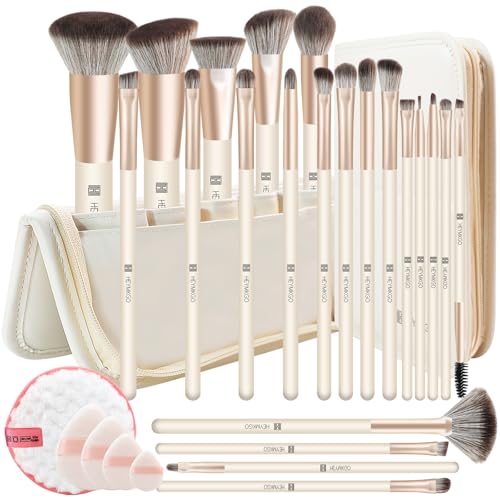- Joined
- Mar 10, 2006
- Messages
- 4,409
- Reaction score
- 1
Every single human being that grows hair has exactly the same hair structure and composition as the person sitting next to him or her. We all grow hair in the shape of a "shaft". We all grow cuticles on the outside of the hair shaft. We all have several layers comprising our individual strands.

The part of the hair that is actually living is the 'Hair Papilla'. Once the hair can be seen out of the scalp, that visible part has already been dead for a while.

It is not the chemical composition of hair that gives rise to the variety of textures. As was mentioned before, chemically, it's all exactly the same. It is the shape of the follicle and the way it comes out of the scalp that determines the hair pattern. If you examine the cross-section of different hairs, you will see that some are more round, some are distinctly oval, while others appear to be flat/ribbon-like.

The difference between 'fine', 'medium', and 'coarse' hair is the average "diameter" of the hairs on one person's head. If most of the strands are very thin, and nearly invisible when held up in the light, that person would be considered "fine-haired". If most of the strands make a sound when rubbed between two fingers, and can be easily seen when held up in the light, that person would be considered "coarse-haired". Those who are in between those two conditions may be "mediums". Now, don't mistake coarse hair to be someone who has highly textured hair, that is a misnomer and is frequently, and incorrectly used to describe those with curly or kinky hair. It is in fact possible to have very straight, coarse (thick strands), and shiny hair. It is also possible to have very curly, fine or medium, glossy locks.

There are some hair patterns that are more susceptible to breakage than others. But as much as there are no natural "indestructible" hair types, hair in itself is very strong if it is maintained with optimum care. As you see with the picture below, this is a hair that is in the beginning stages of splitting, see how it shreds. Notice that it is somewhere along the middle of the hair shaft, not at the end. Hair can split along any place. The outer cuticle is there to protect the hair. Once the cuticle's happy medium has been disturbed (chemicals, heat, too much friction, dryness), it is weakened, and therefore cannot protect your hair the way it once did.

All this is stuff that most people have already heard of. But the day I really sat down to understand all this, was when I really started to understand more about human hair, and more precisely, my own.

The part of the hair that is actually living is the 'Hair Papilla'. Once the hair can be seen out of the scalp, that visible part has already been dead for a while.

It is not the chemical composition of hair that gives rise to the variety of textures. As was mentioned before, chemically, it's all exactly the same. It is the shape of the follicle and the way it comes out of the scalp that determines the hair pattern. If you examine the cross-section of different hairs, you will see that some are more round, some are distinctly oval, while others appear to be flat/ribbon-like.

The difference between 'fine', 'medium', and 'coarse' hair is the average "diameter" of the hairs on one person's head. If most of the strands are very thin, and nearly invisible when held up in the light, that person would be considered "fine-haired". If most of the strands make a sound when rubbed between two fingers, and can be easily seen when held up in the light, that person would be considered "coarse-haired". Those who are in between those two conditions may be "mediums". Now, don't mistake coarse hair to be someone who has highly textured hair, that is a misnomer and is frequently, and incorrectly used to describe those with curly or kinky hair. It is in fact possible to have very straight, coarse (thick strands), and shiny hair. It is also possible to have very curly, fine or medium, glossy locks.

There are some hair patterns that are more susceptible to breakage than others. But as much as there are no natural "indestructible" hair types, hair in itself is very strong if it is maintained with optimum care. As you see with the picture below, this is a hair that is in the beginning stages of splitting, see how it shreds. Notice that it is somewhere along the middle of the hair shaft, not at the end. Hair can split along any place. The outer cuticle is there to protect the hair. Once the cuticle's happy medium has been disturbed (chemicals, heat, too much friction, dryness), it is weakened, and therefore cannot protect your hair the way it once did.

All this is stuff that most people have already heard of. But the day I really sat down to understand all this, was when I really started to understand more about human hair, and more precisely, my own.



































